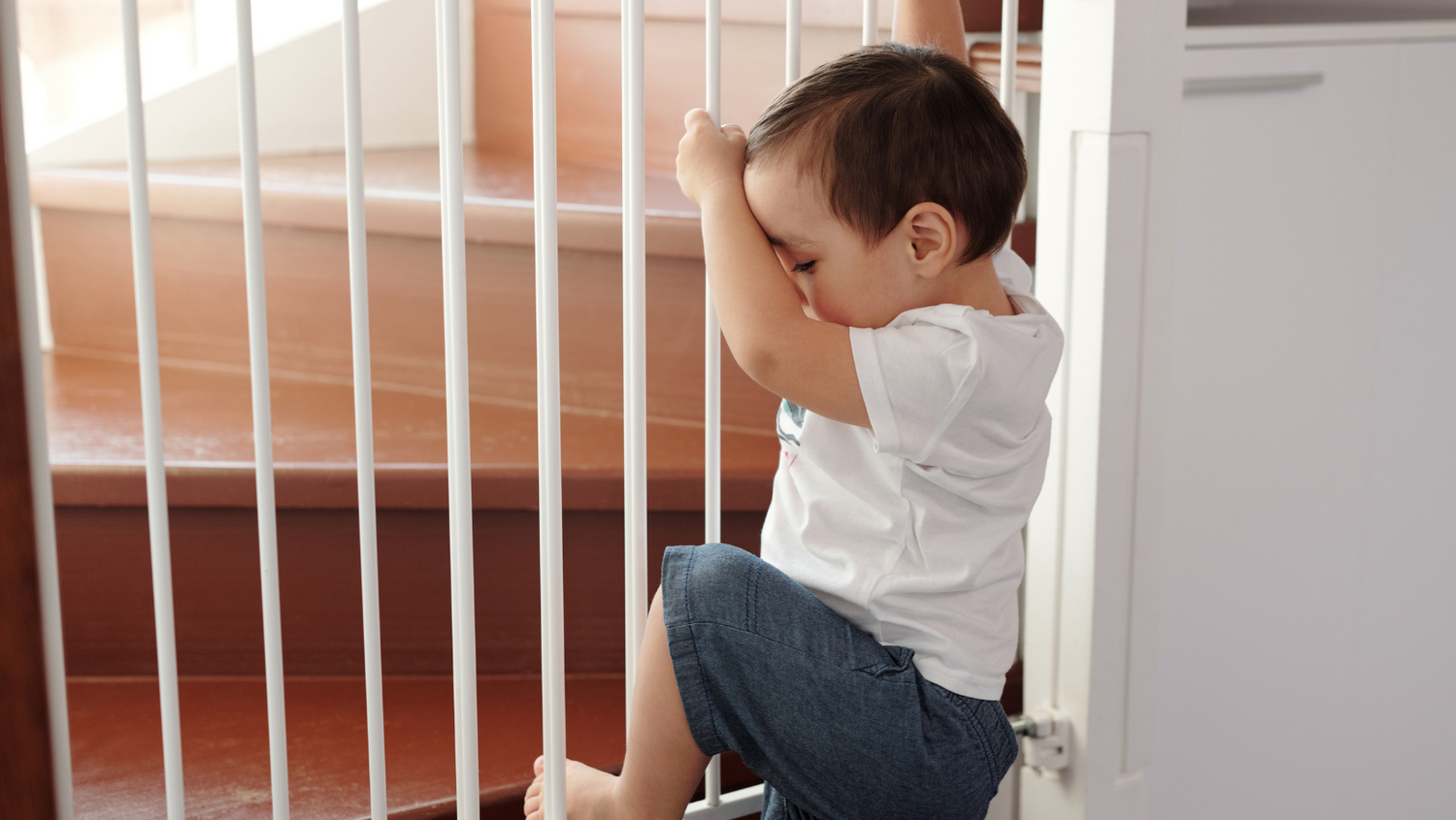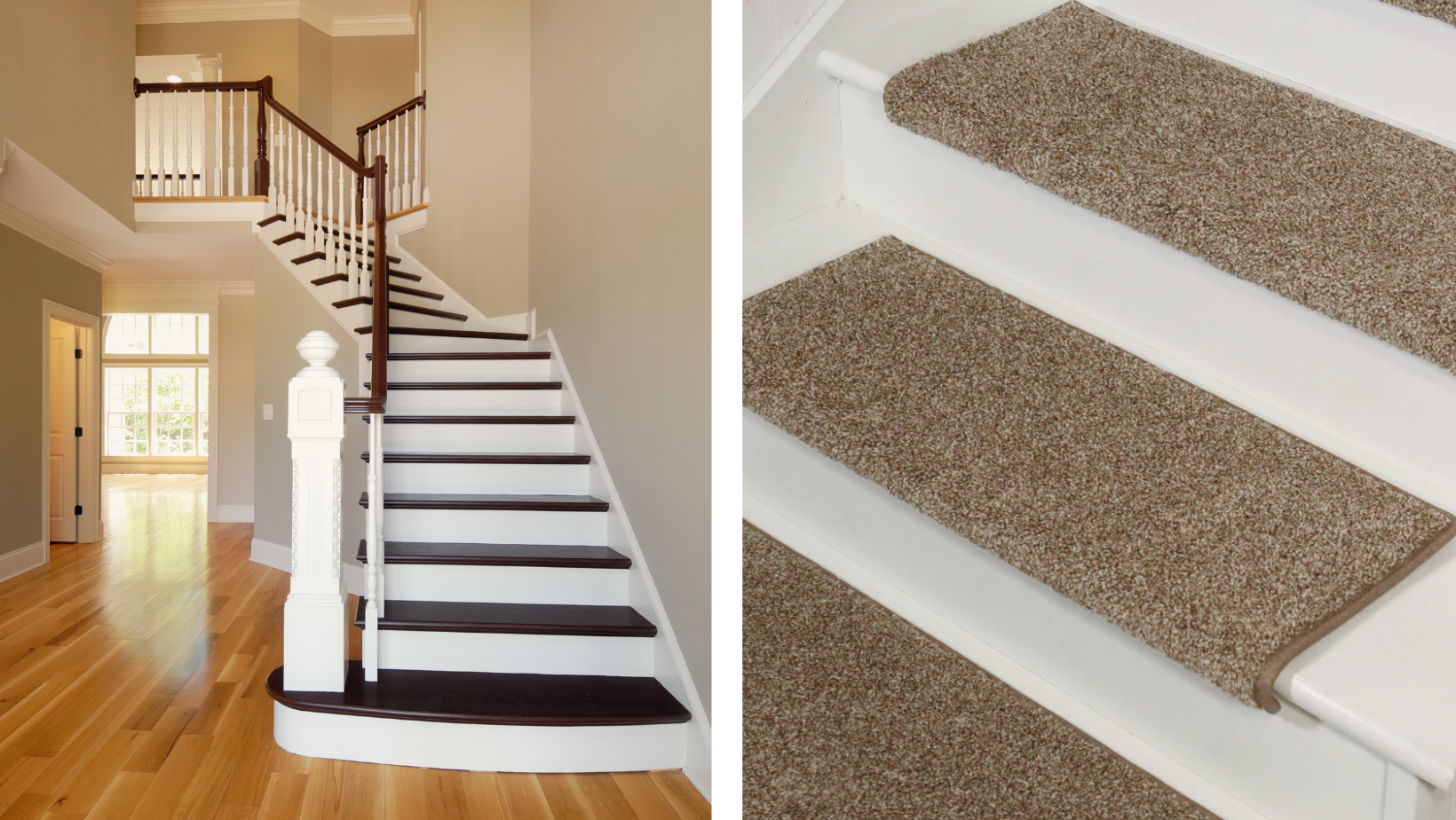When it comes to child proofing your home, one area that requires special attention is the stairs. Unsecured stairs can pose serious risks to toddlers who are just learning to navigate their way around the house. Understanding the importance of child proofing stairs is crucial in creating a safe environment for your growing child.
How to Child Proof Stairs:
- Install baby gates at the top and bottom of stairs
- Securing handrails and banisters
- Removing trippijng hazards
- Applying carpet stair treads
The Risks of Unsecured Stairs for Toddlers
Unsecured stairs can be a major hazard for toddlers who are still developing their motor skills and coordination. The risk of falling down the stairs is a real concern, and it can lead to serious injuries. According to the Juvenile Products Manufacturers Association, falls on stairs are among the leading causes of unintentional home injuries for children under the age of five. This statistic highlights the importance of taking proactive measures to child proof your stairs.
Child proofing floating stairs can pose a challenge as well, but is easily accomplished using the same techniques as you would use on regular staircases.
Benefits of Child Proofing Stairs
Child proofing your stairs offers numerous benefits, the most important being the prevention of accidents and injuries. By implementing safety measures, you can create a secure environment for your child to explore and move around independently. Additionally, child proofing stairs can provide peace of mind for parents, knowing that their little ones are protected from potential dangers.
Essential Tips for Child Proofing Stairs
When it comes to child proofing stairs, there are several essential tips to keep in mind to ensure the safety of your child.
Installing Baby Gates at the Top and Bottom of Stairs
One of the most effective ways to child proof stairs is by installing baby gates at the top and bottom of the staircase. This prevents unsupervised access to the stairs and reduces the risk of falls. It's important to choose baby gates that are sturdy and properly installed to withstand the curiosity and energy of a young child.
Securing Handrails and Banisters
Another important step in child proofing stairs is to ensure that handrails and banisters are secure. Check for any loose or wobbly components and make the necessary repairs to prevent accidents. Additionally, consider adding padding to the edges of the banisters to minimize the impact in case of a fall.
Removing Tripping Hazards
Clearing the stairs of any tripping hazards is essential for child safety. Keep the stairs clutter-free and ensure that there are no loose rugs or objects that could cause your child to trip and fall.
Transitioning from Baby Gates to Carpet Stair Treads
As your child grows and becomes more confident in navigating stairs, transitioning from using baby gates to incorporating carpet stair treads can provide added safety and confidence.
When to Transition
The decision to transition from baby gates to carpet stair treads depends on your child's development and ability to safely use the stairs. It's important to observe your child's progress and readiness before making the transition.
Benefits of Carpet Stair Treads
Carpet stair treads offer traction and grip, reducing the risk of slipping on the stairs. They also provide a cushioned surface in case of a fall, offering additional protection for your child.
How to Choose the Right Carpet Stair Treads
When selecting carpet stair treads, opt for ones that are specifically designed for stairs and provide a secure grip. Ensure that the treads are properly installed and securely attached to the stairs to prevent any tripping hazards.
Teaching Your Child Stair Safety
In addition to implementing safety measures, it's important to teach your child about stair safety and how to use the stairs properly.
Supervising and Guiding Your Child
Supervising your child as they navigate the stairs is crucial, especially during the transition period. Offer guidance and support as they learn to use the stairs independently.
Teaching Your Child How to Use Stairs Safely
Take the time to teach your child how to use the stairs safely. This includes holding onto the handrail, taking one step at a time, and being cautious when going up or down the stairs.
Additional Safety Measures for Stairs
In addition to the essential tips mentioned above, there are additional safety measures that can further enhance the safety of your stairs.
Proper Lighting for Stairs
Ensure that the stairs are well-lit to provide clear visibility, especially during the evening or nighttime. Consider installing motion-sensor lights to automatically illuminate the stairs when someone is approaching.
Regular Maintenance and Inspections
Regularly inspect the condition of the stairs, handrails, and carpet stair treads. Address any signs of wear and tear promptly to maintain a safe environment for your child.
Conclusion and Final Tips for Stair Safety
Child proofing stairs is a critical aspect of creating a safe and secure home environment for your growing toddler. By implementing essential tips such as installing baby gates, securing handrails, and removing tripping hazards, you can significantly reduce the risk of accidents on the stairs. Transitioning from baby gates to carpet stair treads provides added confidence for your child as they learn to navigate the stairs independently.



